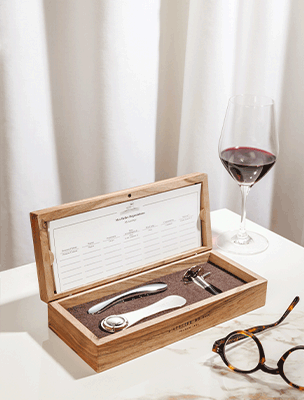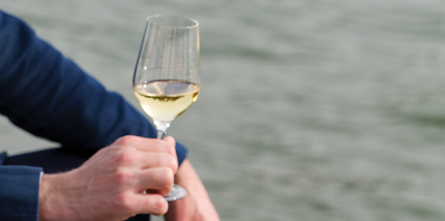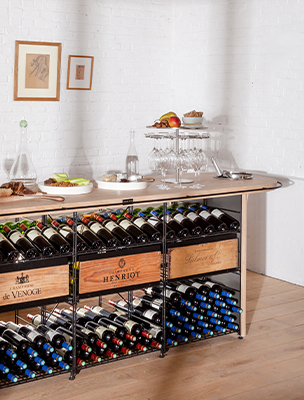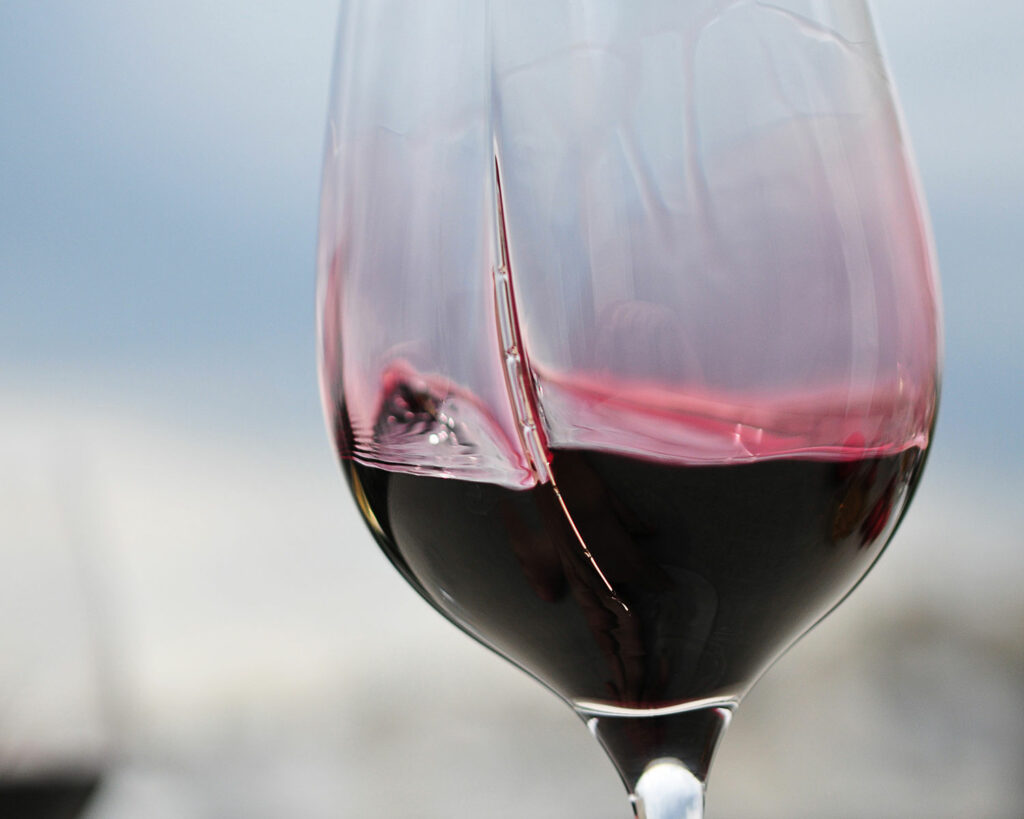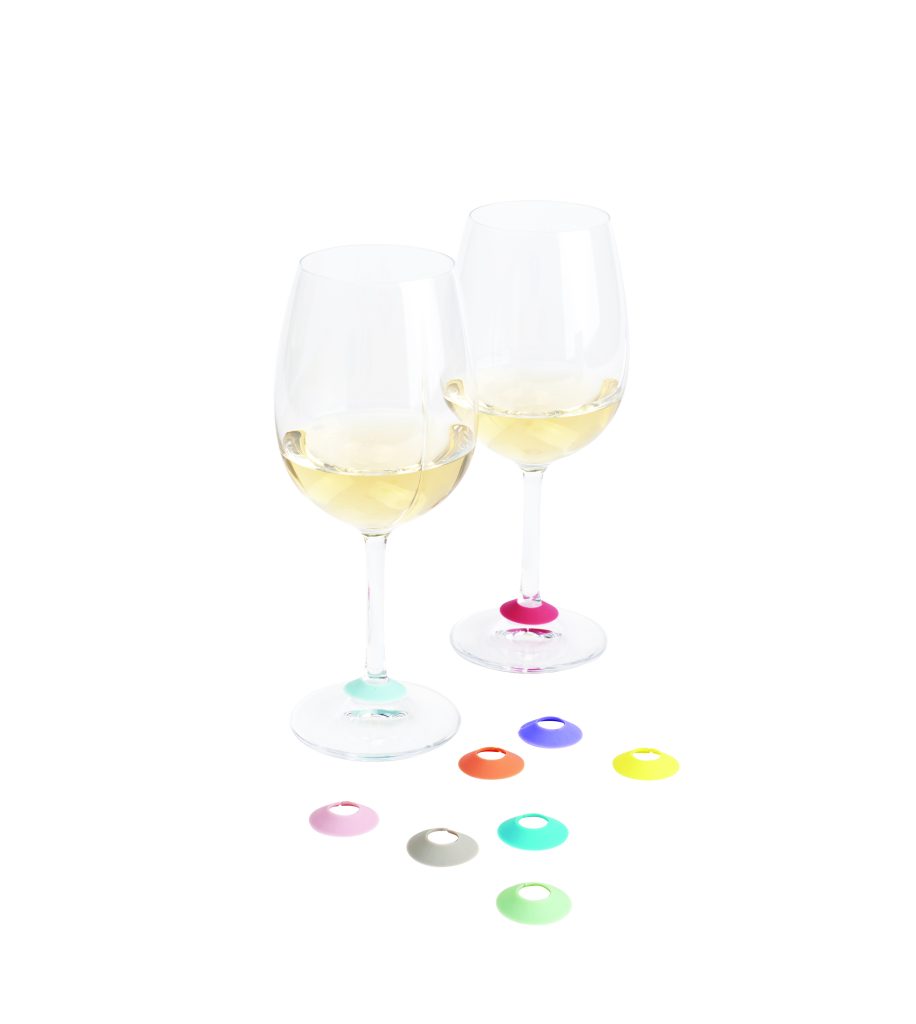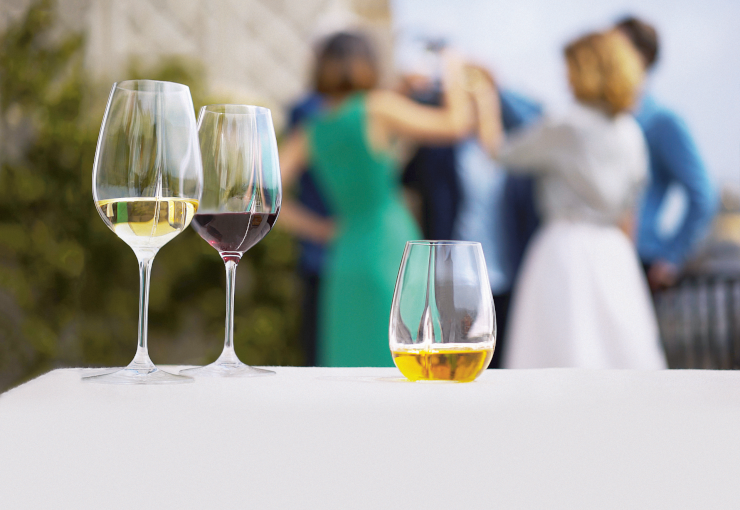Wine glasses are a crucial tool for wine lovers, as they allow the wine to reveal its true colors and express itself fully. To select the perfect wine glass for your vintage wine, you must take several factors into account. This guide on wine glasses will help you choose the right glass for your oenological needs and shed light on the importance of these sacred chalices.
Definition and Characteristics of a Wine Glass
A wine glass is a unique, crystalline receptacle designed specifically for tasting the nectar of the vineyards. It is easily recognizable by its stem, base, and calyx, and its ergonomic design is intended to provide the best possible tasting experience whether you are at a dinner table, in a wine cellar, or on a vineyard. The shape, size, and capacity of the wine glass may differ depending on the type of wine to be served, the region, or other traditions. The manufacturing standards defined by the AFNOR or INAO are important to create a universal reference for wine tasting competitions and valuations.
The Components of a Wine Glass
The design of a wine glass is meticulously crafted, with every element serving a particular purpose, ensuring an optimal tasting experience.
These are the primary elements of a wine glass:
- Calyx or bowl: the oval-shaped body of the glass
- Stem or leg: the lower, vertical part that provides support to the calyx
- Button: the reinforced part of the upper stem that supports the calyx
- Foot or base: the round, horizontal part on which the stem rests.
To prevent any ambiguity, the following terms should be noted to describe specific parts or characteristics of the wine glass’s bowl:
- The paraison: the rounded part of the bowl that holds the wine.
- The shoulder: the widest part of the bowl located in the middle.
- The chimney: the upper part of the bowl that typically narrows towards the top.
- The rim: the upper edge of the bowl that touches the lips during wine tasting.
The Different Types of Wine Glasses
Different tasting glasses can affect how a wine expresses itself. Red wine glasses have a slightly different shape compared to white wine glasses, while champagne flutes or sparkling wine glasses are very distinct.
The Red Wine Glass
The red wine glass has a bigger and deeper calyx than its white wine counterpart. This is because the larger space is necessary for red wine to fully reveal its aromas and flavors when served at room temperature.
The White Wine Glass
The smaller bowl of a white wine glass helps to maintain the wine’s freshness during tasting and preserve the balance of aromas.
The Champagne Flute and Sparkling Wine Glass
Champagne glasses or flutes, commonly used for sparkling wines, feature a slim and slender shape that helps to maintain the effervescence and enhance the bubble burst experience in the mouth.
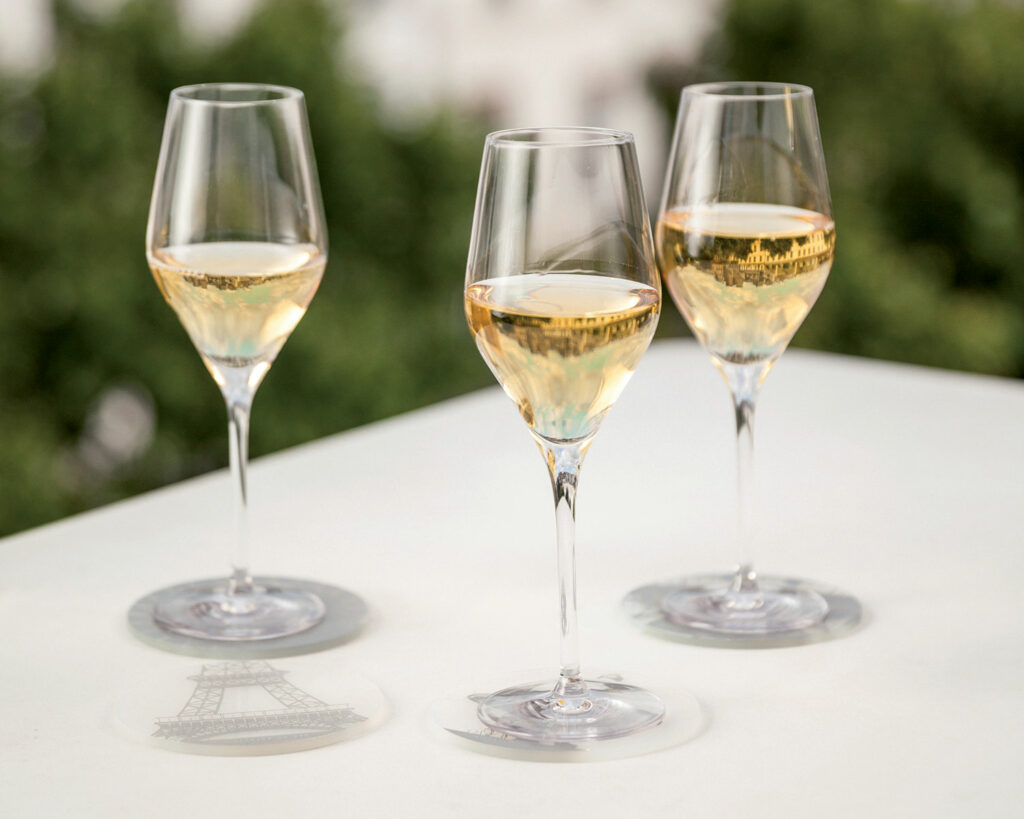
A Few Tips to Choose the Right Wine Glass
When it comes to wine tasting, selecting the appropriate wine glass is a crucial step as it is the point of transition from the bottle or decanter to your mouth. Therefore, it is important to know which wine glasses are essential for your wine cellar or kitchen cupboard. Below are some practical tips on sommellerie and oenology.
The Aesthetics of a Wine Glass
A wine glass should embody noble virtues such as transparency, simplicity, humility, and finesse, aiming to showcase vintages and allow them to fully express themselves. Ornate colored or patterned glasses should be avoided as the aesthetics of a wine glass should complement the taste. Optimal curves and proportions should be embraced to release the aromas and enhance the taster’s olfactory and gustatory experience.
Regional Variations of Wine Glasses
Each wine-growing region has a unique glass shape that has developed over the years based on local winegrowing, winemaking, and glassmaking traditions, all of which reflect the unique characteristics of local vineyards and grape varieties. Traditional Bordeaux wine glasses are slimmer and longer than the wider Burgundy ones, which provide more enveloping shapes. Alsatian wine glasses are also unique, with high legs and small bowls, that are carefully crafted by expert glassmakers using the Alsatian know-how.
Which Wine Glasses to Choose
When it comes to wine glasses, it’s important to consider which ones you need for different purposes. This includes having everyday glasses for home use, separate glasses for special occasions or wine tasting sessions, and a specific set of glasses for your wine cellar. By distinguishing between these different types of glasses, you can choose the right ones to suit your needs and preferences.
- For home use, it is advisable to possess red and white wine glasses that comply with AFNOR size standards and cater to various grape varieties and AOC vineyards.
- For wine tasting or cellar storage, a dedicated set of wine tasting glasses, like our L’Exploreur Œnologie, is recommended.
- You may also consider purchasing a few regional wine glasses to savor specific grand crus or wines from preferred vineyards, which offers varied tasting experiences based on whether you use oenological wine tasting glasses or traditional regional ones.
How to Use a Wine Tasting Glass
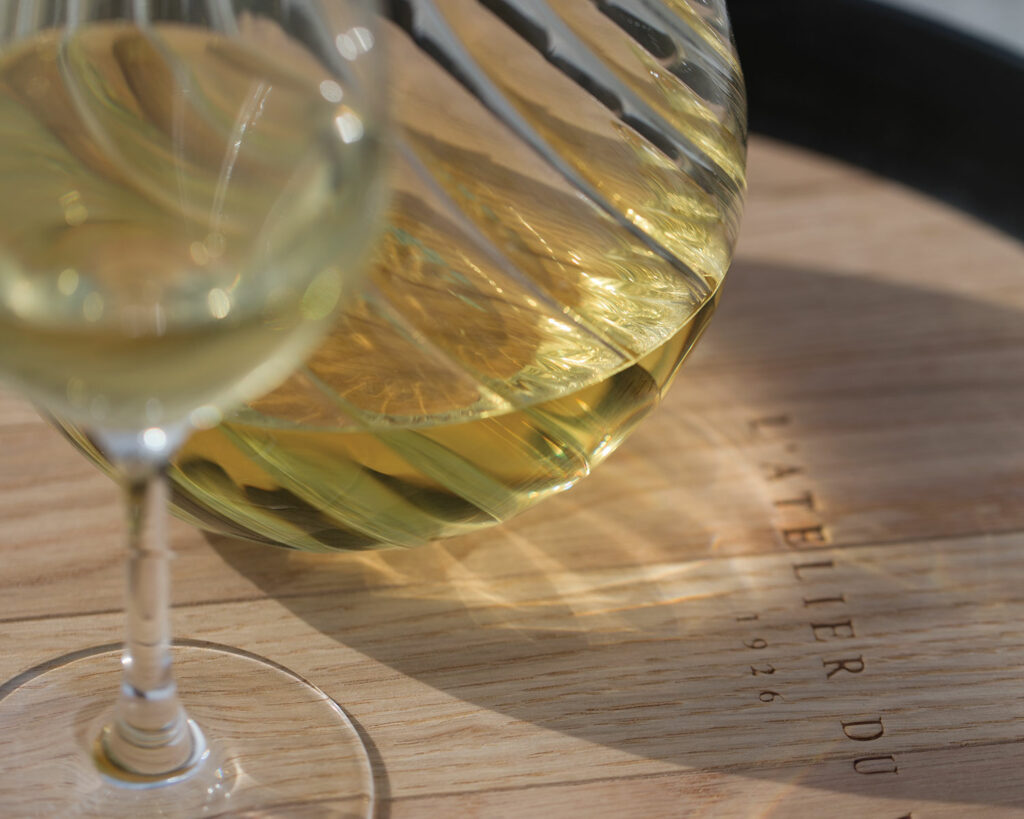
To truly benefit from wine glasses, it’s important to use them correctly and pay attention to the smallest details, including accessories. Every action matters, from the amount of wine you pour to how you hold your wine tasting glass and drink from it. It’s also crucial to know how to maintain and clean your glasses properly. Here are some tips on how to use your tasting glasses effectively and fully appreciate the contents of your valuable wine bottles.
How to Pour Wine into a Tasting Glass
To allow the wine to fully express itself, it’s recommended to pour up to a quarter, but never more than a third, of the calyx. Proper wine tools and accessories should be used to prevent any disturbance to the wine from the moment the bottle is opened to when it’s poured into the glass.
- To properly open and serve wine without any drops or spills, use a sommelier or oenologist corkscrew and a pourer on the neck of the bottle.
- Use a wine decanter to avoid any deposits in the glass if the wine needs to be decanted.
- To aerate a young wine for a longer time, use the Developer Universel, our aerator for wine glasses and decanters, which is placed on the rim.
- For wine tasting sessions or gatherings, keep your glasses organized and add a decorative touch to your table with our colorful wine glass brand, Chic Glass Rainbow.
How to Hold your Wine Tasting Glass
Hold the wine glass by its stem, rather than the bowl, to prevent the warmth of your hand from affecting the wine’s temperature and to avoid obstructing the view of the wine as you swirl it.
How to Drink from a Wine Tasting Glass
Tasting wine in a glass is an art. After pouring the wine using the appropriate accessories, swirl it gently in the crystal bowl while holding the glass by the stem, observing the wine’s tears and colors in the light.
Before tasting, take a moment to appreciate the wine’s aroma by smelling it and breathing in the scent that rises to your nose. You can then take a sip by gently placing your lips on the rim and savoring the wine’s flavor. Take your time and enjoy each sip, swishing it around your mouth to fully experience the wine from start to finish.
How to Clean and Maintain a Wine Glass
To ensure optimal wine tasting experience, it is important to serve wine in a clean and dry glass free from any dust, soap residue, or other debris that may detract from the wine’s flavor. Micro-washing beads are recommended for washing glassware instead of sponges to prevent scratches, and good quality water should be used for rinsing. After cleaning, the glass should be dried with a microfiber polishing cloth like Cristal Cleaner to remove any residual marks or streaks.
When storing wine glasses, it is best to keep them upright in a closed cabinet or hang them upside down in a glass rack, being careful not to damage the rim of the glass by storing them rim-side down.
Our Collection of Wine Tasting Glasses
L’Atelier du Vin has been crafting wine tools and accessories since 1926, providing an authentic wine tasting experience from cellar to table. Explore our selection of wine glasses and pass on the tradition of enjoying wine from one generation to the next.
L’Exploreur Œnologie, our Wine Tasting Glass
The Exploreur Œnology is a wine tasting glass that boasts a patented Aroma Line, originating from France. This exquisite beaded line extends from the paraison to the shoulder of the glass, providing an unparalleled tasting experience by stimulating the senses and releasing the aromas as the wine moves against the wall of the glass.
Additionally, we offer L’Exploreur Spiritueux, a tasting glass designed to enhance your brown spirits. It features a narrow opening and large volume, allowing for maximum olfactory and gustatory pleasure.


